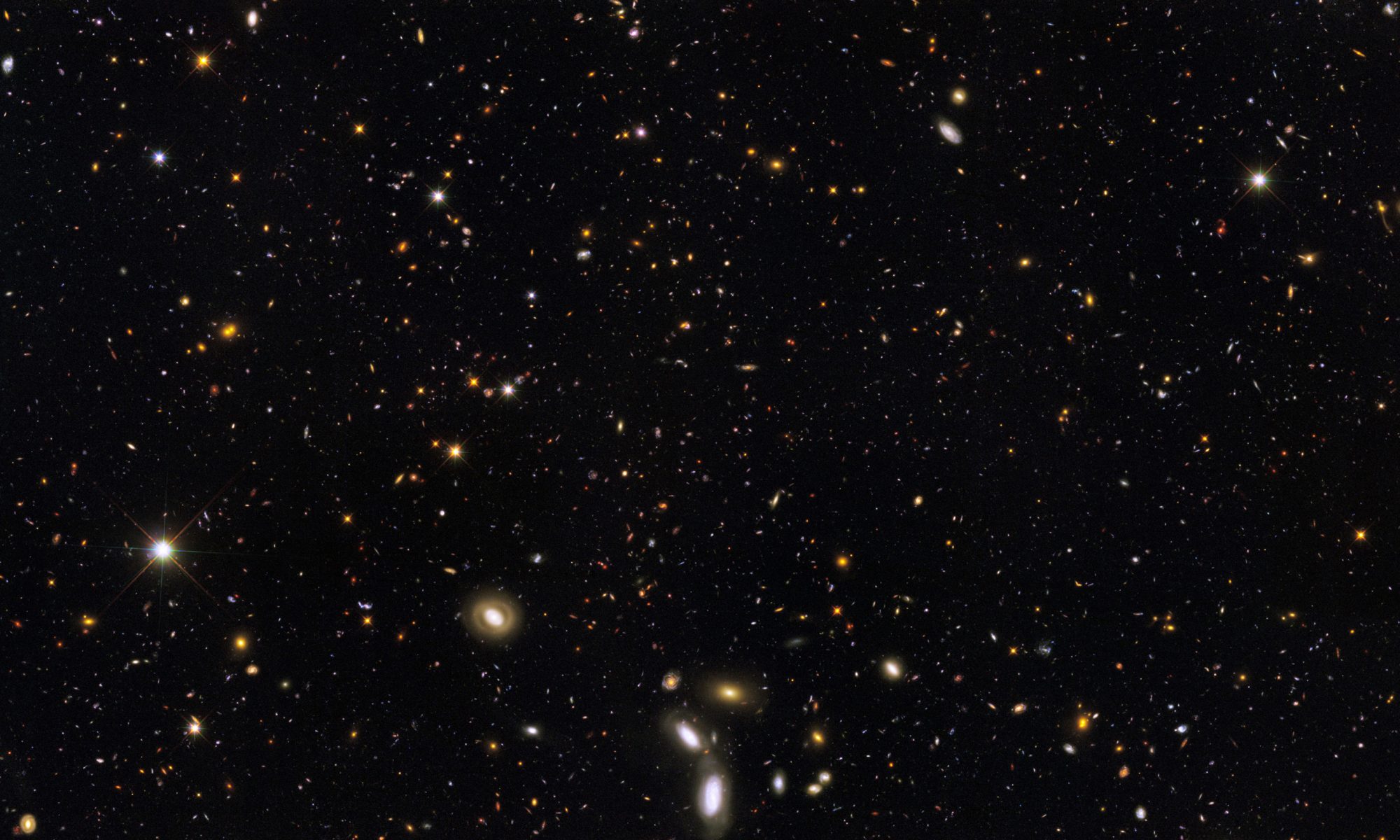Longo, Bernadette, Donna Reiss, Cynthia L. Selfe, Art Young. “The Poetics of Computers: Composing Relationships with Technology.” Computers and Composition 20 (2003): 97-118. Science Direct. Web. 20 October 2010.
Longo et al describe a graduate course design which they taught at Clemson University in 2001. They designed the course to expose students to “a range of nonfiction and fiction literary works that deal with complex technology issues,” as well as solicit “a variety of humanistic responses to these works” (97-8). The ultimate goal of the course was to imbue a conscientiousness in the students with regard to the power relationship between people and digital means, and to provide a basis of theory from which to manipulate that relationship (98, 99). The goals and approaches for the course seem to line up closely with Old Dominion University’s English 662 course.
In place of the cyborg as a central metaphor, however, Longo et al decided to use robots. The authors state that the choice assisted in “identifying a central set of questions… What does it mean to be human, what does it mean to be a machine, and what can machines tell us about being human” (99). Again, these questions are mirrored by ODU’s course design. The similarities continue in some of the responses students provided to a questionnaire sent several years later, claiming insight into the relationship between digital technologies and people, as well as the interconnected power relationships generated through interaction with technology.
The creative responses solicited by the authors, however, begin to display differentiation to ODU’s course offering. Students were asked to “construct and compose poems and other texts in response to visual images” and vice-versa (102-103). These figures were produced in class by the students with relatively low-tech provisions, and the annotations were constructed on the spot during the same time. It is these “brief reflections on the cyberselves they had constructed” (104) which most interests me, as they display a rough analogue (non-digital) process which I hope to find in my own research. The authors point particularly to “Robyn’s gangly dancer (see Figure 2)” (104), which she annotated with a brief poem, as a response to the interplay between the human and the digital. I am interested in this student’s response because she displays some of the qualities which I expect to find in the drafting process in the analogue area as far as attention to rhyme, rhythm, and word choice.
The graduate students were also asked to “[take] several weeks to write an original poem” as well as construct a visual complement (105-06), and the authors spend several pages evaluating these constructions (106-110). This section is also extremely relevant to the literature review of my study, however, because the students produced finely-honed examples, it may not be possible to relate these directly to the initial drafting process I am investigating. This section may prove relevant in further investigations of the integration between the digital and the poetic realms.
